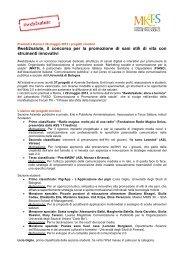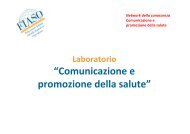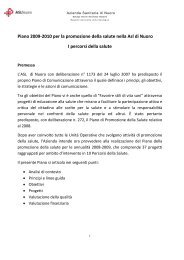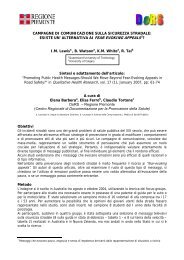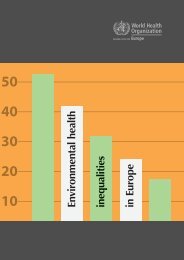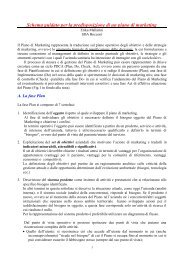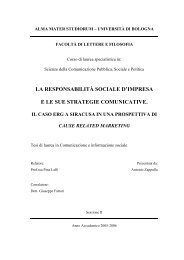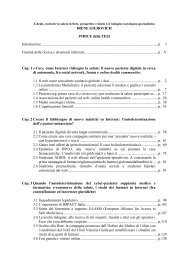Better schools through health: learning from practice
Better schools through health: learning from practice
Better schools through health: learning from practice
Create successful ePaper yourself
Turn your PDF publications into a flip-book with our unique Google optimized e-Paper software.
5. SETTING APPROACH THROUGH THE SLOVENIAN NETWORKOF HEALTH PROMOTING SCHOOLSMojca Bevc StankovičInstitute of Public Health of the Republic of SloveniaWhat did we do?Slovenia was among the first countries that joined the European Network of HealthPromoting Schools. The Slovenian Network of Health Promoting Schools (SNHPS) hasbeen operating since 1993, when twelve pilot <strong>schools</strong> joined the network. In 1998the number of member institutions grew to 130, which then represented 25% of allSlovenian <strong>schools</strong>. In the school year 2008/09 all Slovene <strong>schools</strong> were invited to join thenetwork. 268 institutions, of which 212 are primary <strong>schools</strong>, 49 are secondary <strong>schools</strong>and 7 are student residencies, are now members of SNHPS. So, 43% of all Slovenianprimary and secondary <strong>schools</strong> are now members of the national network.The national coordination of the network is conducted by the National Institute ofPublic Health of Republic Slovenia (IPH) and regional coordination is performed by theRegional Institutes of Public Health. The Ministry of Health and the Ministry of Educationand Sport have helped SNHPS right <strong>from</strong> its inception.Over the past sixteen years an established Network of Health Promoting Schoolshas developed in Slovenia which has had an impact on the everyday functioningand thinking about <strong>health</strong> and <strong>health</strong>y living in its member <strong>schools</strong>. Through the<strong>health</strong> promotion activities of these <strong>schools</strong> the <strong>health</strong> of all involved in their schoolcommunities has been improved.The work of the network has been guided <strong>from</strong> local, national and European level.Locally there have been activities involving <strong>schools</strong>, regional institutes of public <strong>health</strong>,community <strong>health</strong> centres, non-governmental organisations and other institutions allworking together. At a national level there has been an annual main <strong>health</strong> theme andat a European level the guidelines of the Schools for Health in Europe network (SHE)have been used.The evaluation of our work demonstrated that the outcomes were positive leading tofurther expansion of the network in 2008 as already described.What actually happened?We organised our work in a very systematic way. From the very beginning we put alot of effort in to teacher training on <strong>health</strong> promotion (HP) topics (promotion ofmental <strong>health</strong>, promotion of safe sex, stress management, planning and evaluationof HP programmes, improving relations between pupils, teachers and parents, schoolviolence prevention, <strong>health</strong>y nutrition, prevention of tobacco use and alcohol abuse).This work around teacher training paid dividends as it changed the ways <strong>schools</strong> werethinking about and planning activities.Every member school has a <strong>health</strong> promoting school team, which consists of aleader and representatives of teachers, pupils, parents, school management, <strong>health</strong>professionals and local community. They meet at least three times a year to analyze30





